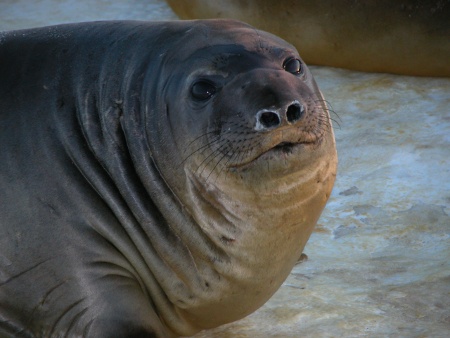
Until recently, most of the studies concerning Arctic melting patterns were conducted without the specialists having access to direct measurements of the ice shelves' underside.
Given the fact that deep sea currents are as responsible for heating the Arctic region as external temperatures are, it is only matter of fact that those who wish to gather information about the effects of global warming must pay equal attention to both these issues.
Seeing how said sensors measured both the water's salinity and temperature, the team was eventually able to develop a much more complex data set than previous studies had.
Because of this, they are fully convinced that the end-results of their research are much more reliable than previous ones.
As NewsTrackIndia reports, these scientists bring us rather good news. Thus, they argue that the Fimbul Ice Shelf is by no means melting as fast as we anticipated.
The same source quotes Tore Hattermann from the Norwegian Polar Institute, who supposedly explained that: "It has been unclear, until now, how much warm deep water rises below the Fimbul Ice shelf, and previous ocean models, focusing on the circulation below the Fimbul Ice Shelf, have predicted temperatures and melt rates that are too high, suggesting a significant mass loss in this region that is actually not taking place as fast as previously thought.”
From where we stand, it is indeed encouraging that the Arctic ice may still be there for many years to come.
However, let us not forget the fact that this study only focused on the Fimbul Ice shelf, so it would be unwise to take these findings as generally valid for all Arctic ice shelves.
Via: Elephant Seals Help Scientists Understand Arctic Melting Patterns
Tidak ada komentar:
Posting Komentar